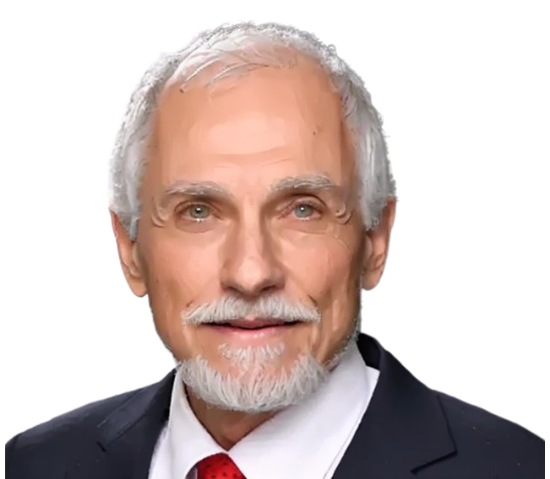Summer Greetings,
I have a good one for you today. This article will reveal some of my most powerful inner secrets about how hypnosis often seems like and works like real magic. This is higher level advanced hypnosis. Enjoy …
“Waking Hypnosis: Any technique in which hypnotic effects are achieved without reference to sleep or trance. It is induced through an apparently natural but carefully considered choice of simple words, gestures, and directives upon which to focus.” (Definition of the American Psychological Association)
You may recall a past blog where I mentioned hypnotizing Cliff Corrigan in Winnipeg, in the early 1960’s. Cliff had a broken arm that was in a cast, and he was experiencing great pain. Cliff had learned how to be rapidly hypnotized by appearing in many shows with hypnotist entertainer Reveen. The following technique worked rapidly with Cliff because he had been previously conditioned by Reveen and secondly, he was highly motivated to be hypnotized fast, to get rid of the pain.
All I had to do was fix my gaze on his eyes to focus his attention, and using waking hypnosis, convince him that (1) the placebo (fake) pills in a bottle were hypnotic sleep pills and (2) give him a waking hypnosis suggestion that he would rapidly become hypnotized: “This hypnotic pill will make you feel so deeply relaxed that you must lie down on the couch”. In seconds, his legs became wobbly like Jell-O, and he felt that he absolutely had to lie down on the couch. I then followed up with hypnotic suggestions specifically for pain control and his pain vanished instantly.
Waking hypnosis is also related to conversational hypnosis. It is quite possible to hypnotize people, especially those wanting to be hypnotized, by speaking to them in a casual, natural conversation. There is no need for formal hypnosis techniques such as focusing on breathing, relaxing parts of your body or gazing at a spot on the wall, eyes, a candle flame, a swinging watch, etc. For example, I can give a lecture about hypnosis to an audience, yet every few seconds or minutes, I stare casually into the eyes of a certain member of the audience each time that I mention a key word like sleep, relax, tired, focus, only my voice matters. The audience member can feel it, but he is not sure what is happening. I can also intensify these directed suggestions by powerful intention concentration (clearly imagining the intended goal has already been achieved) by using a casual hand gesture a certain way; moving my eyes a certain way; vocal inflection changes; vocal pauses, a facial expression, etc. Many of my movements are perfect for results because they are unconsciously created as a direct result of my powerful mental concentration and intent. The client’s subconscious picks up my subconscious mental energy as subliminal messages, below the level of consciousness. Stimulus brings response. Unconscious to unconscious transmission is extremely powerful.
It is also easy to hypnotize people by asking them to describe their hypnosis sensations that they experienced when they were previously hypnotized. Words and thoughts create mental pictures, chemical and electrical responses that create feelings and emotions that change behavior. Imagine a time you were tense or angry. Now think, imagine, letting all that completely drain away, and that void is replaced by your muscles softening completely, your body melting down, imagining in detail times that you experienced calmness, tranquility, and quiet peacefulness. Life experiences have trained us to respond with a certain emotion or action to words and remembered images. These are simply pre-conditioned responses that carry learned associations. Similarly, if you recall a joyful, happy experience in detail, it makes you feel joyful and happy again. Recalling a time when you felt confident helps you to feel the same emotion.
It is also possible to create another form of indirect or disguised hypnosis. Example: Person A is to be hypnotized, but person B could not be hypnotized in the past because he thinks too much while being hypnotized. His active mind thinks: “Is it working? I hope it is working. When will it work? Please work. Why doesn’t it work?” We shut off his analytical over thinking mind by hypnotizing him with an indirect method. On the surface, I hypnotize person A, but every time I say a key word or a key gesture, I casually look into the eyes of person B. Again, I keep my intent strong as to what I am really wanting to accomplish. Maybe my goal is to hypnotize both A and B, or just B. Person B is hypnotized because he is no longer concerned with it working on himself, as his attention is distracted focusing on person A being hypnotized. As he watches person A being hypnotized, B starts to feel it too. I hijack the attention of B and drop indirect hypnotic suggestions which are picked up by his non-critical unconscious mind. His critical conscious mind is off guard and no longer interferes with his desire to let go and be hypnotized.
Remember that hypnosis is not much different than daydreaming, but with a hypnotist, it is controlled and guided daydreaming. Hypnosis is the “invisible influence.”
Best,
Vance Romane

